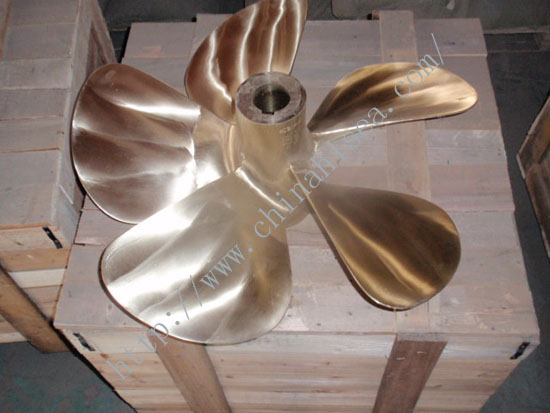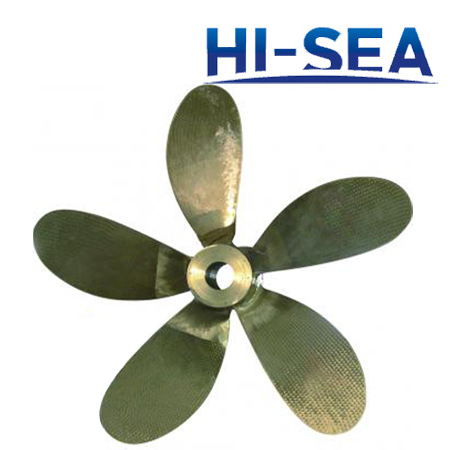

The five-blade Mercury Maximus propeller is designed to be paired with MerCruiser Bravo One or Bravo One XR sterndrives mated to big-block engines, especially on performance boats with a high drive height. The Mercury High Five prop is designed for use with outboards and MerCruiser Alpha sterndrives by boaters seeking outstanding hole-shot acceleration for tow sports, who don’t mind giving up some top speed to get that performance. Five BladesĪdding a fifth blade further increases blade area, reduces vibration and improves the prop’s ability to hold its grip on the water. Its four-blade design maintains bite on the water when it nears the surface as the boat is cresting swells. In this application the Revolution 4 can hold the boat on plane at lower speeds, which is a big advantage when offshore conditions get rough.

The Mercury Revolution 4 propeller also provides outstanding stern lift and is a proven performer on larger center-console boats powered my multiple Mercury Verado outboards. The result is often no loss in top speed or even a slight gain in top speed. The additional area of that fourth blade helps lift these boats efficiently on plane, will hold them on plane at lower speeds and can reduce hull drag.
#High five 5 blade propeller full#
The four-blade Fury 4 prop was designed specifically for bass boats longer than 20 feet, especially when those boats have a “tournament load” of gear – all of the weight of tackle, back-up equipment, and full fuel tanks and livewells typically carried by tournament anglers. The three-blade Fury is suited for lighter boats with high-horsepower outboards. The two Mercury Fury propeller models offer a perfect example of the advantage of adding a fourth blade. That fourth blade also adds some drag, which might reduce top speed. Increasing blade area can improve hole-shot acceleration and increase lift at the stern. Four BladesĪdding a blade further reduces vibration, and usually adds blade area to a propeller design. It offers outstanding performance on lighter bass, bay and flats boats running high-horsepower outboards. The three-blade Mercury Fury propeller is one of the company’s most popular props and a great example of a premium three-blade model. Within that three-blade design, engineers can manipulate blade area, blade rake and cupping to build a prop that can perform well in a specific application – for instance, lifting the bow of a performance boat for more speed or lifting the stern of a heavy cruiser on plane. A propeller with three blades achieves the best balance of smooth operation and minimal drag through the water, which is why a three-blade design is the most popular for general boating.


But with a single blade winging around at speed, the vibration would be intolerable. Technically, a propeller with a single blade would be the most-efficient design simply because it would produce the least drag in the water. Let’s look at how the number of blades affects propeller performance. Each design is intended to enhance overall performance in certain applications to make a boat work its best on the water. Which is one reason Mercury Marine offers a wide range of propellers, including models with three blades, four blades and even five blades. Speed is one element of that experience, but so are acceleration, economy, comfort and boat handling. It’s more important to consider how a propeller can impact the entire boating experience. They assume a prop that will make their boat go faster must be better. When considering propellers, many boat owners get fixated on speed.


 0 kommentar(er)
0 kommentar(er)
